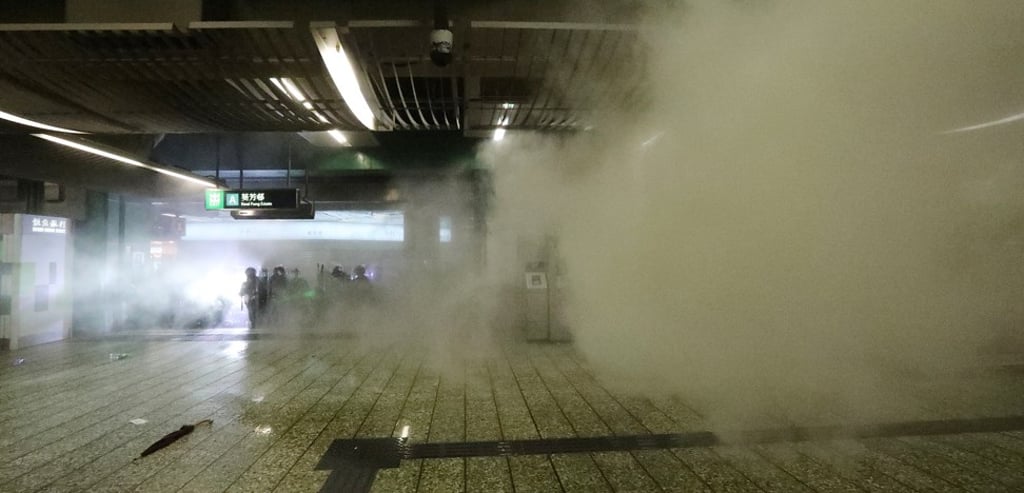The truth about tear gas: how Hong Kong police violated all guidelines for the ‘non-lethal weapon’
Banned worldwide in 1925, tear gas underwent an image overhaul before being embraced as an alternative to bullets. The canisters littering Hong Kong streets have been deployed indoors and in poorly ventilated areas, against suppliers’ guidance

It is a pleasant and balmy August Friday in the British Midlands, and the employees of a Derbyshire factory are in cheerful spirits as they prepare to shut down production lines. Ahead of them is a summer weekend of barbecues, family get-togethers and the start of the English Premier League football season.
Theirs is a highly agreeable spot in which to work, at the end of a winding lane, surrounded by open fields, and a few minutes’ drive from the lush nature reserve of Saint Chad’s Water, home to a rich diversity of bird life including whitethroats, willow warblers and chiffchaffs. Its rural setting aside, their nearly 100-year-old factory has been doing brisk business and offers a degree of security absent in many of today’s Brexit-hit businesses.
So when the end of a busy working week is disturbed by a phone call asking about the growing furore over how the factory’s products are being used in faraway Hong Kong, the employees could perhaps be excused for treating the inquiry with a degree of levity.
“We don’t have anyone like that,” a woman says, when asked by a Post Magazine reporter if a company spokesperson is available. There is laughter and joking in the background as she asks her colleagues what to do, and then chides someone who tells her to hang up, saying: “I’m not going to just put the phone down.”

An apparently more senior colleague comes on the line: “We’re not making any comment. Thank you. Bye,” she says, before placing receiver firmly down.
Follow-up emails asking management for a more considered response go unanswered.